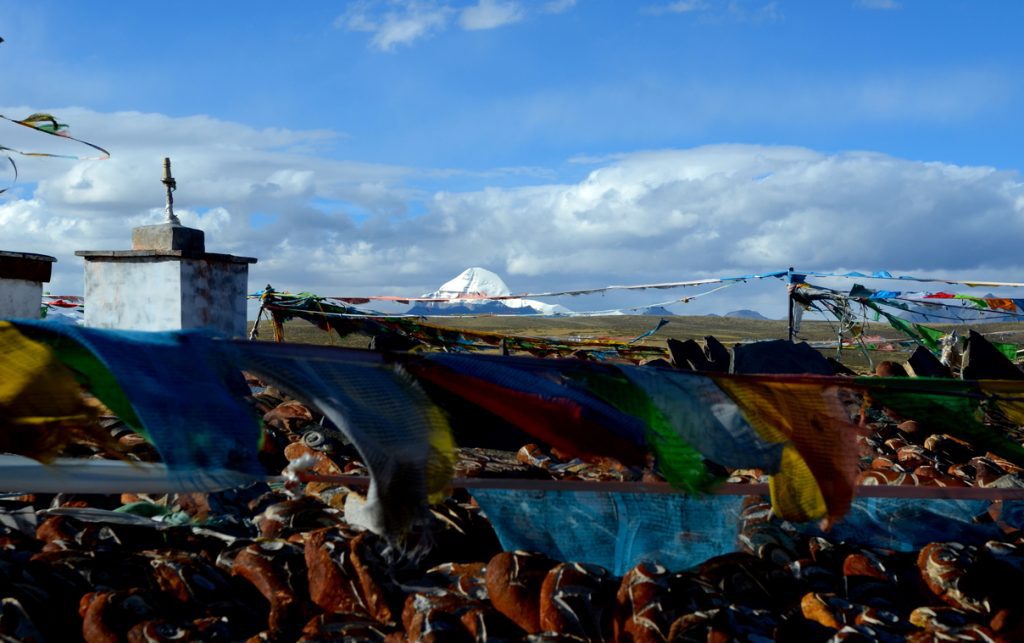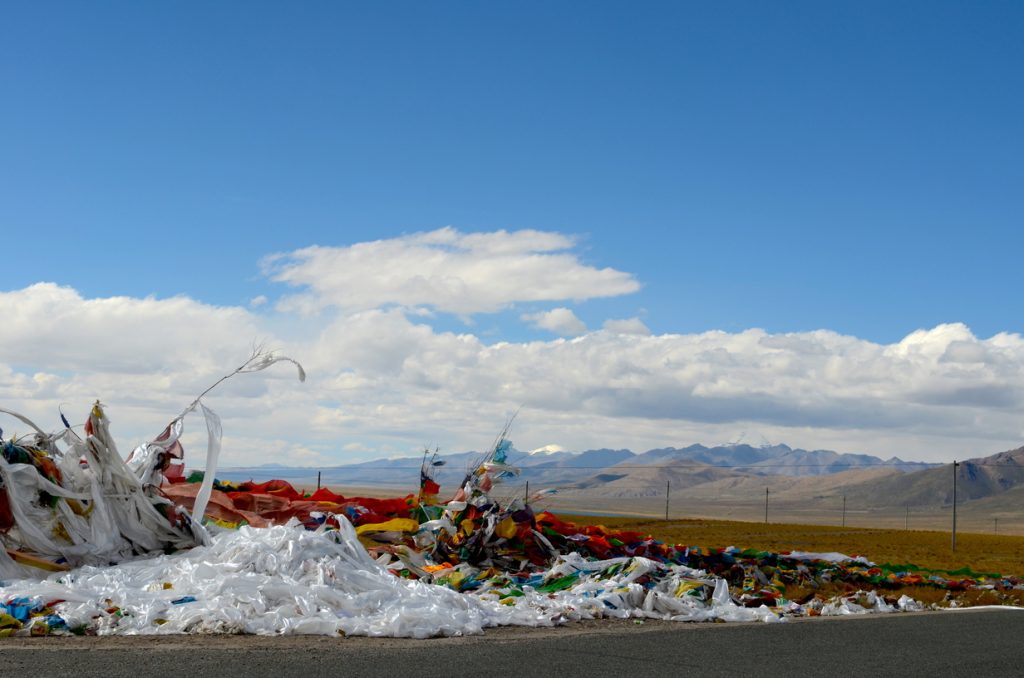Traditionally, the region of Ali Prefecture (Ngari) is said to have comprised three districts (Ngari Korsum): the district of Maryul including Rutok, Ladakh, and Zangkar, the district of Guge, corresponding to the heartland of the ancient Shangshung kingdom; and the district of Purang. However, Tibetan influence in Central Asia was particularly strong during the periods of the Shangshung and Yarlung dynasties and some hold the three districts of Ngari to have been much larger.

Nowadays, far west Tibet comprises five of the seven counties in the Ngari district of the Tibetan Autonomous Region: Gegye and Senge Tsangpo, which are situated in the upper Indus Valley, Rutok county in the Aksai Chin and Northern Plateau, Tsamda county in the upper Sutlej valley, and Purang county where the Karnali and Brahmaputra rivers have their sources to the south and west of Mount Kailash. The district capital is located at Senge Tsangpo.
The region is demarcated by the Himalayas in the south, and the Gangtise Range (or Trans-Himalayan Range) in the north. The Gangtise Range (5,500-6,000 meters) forms a watershed between the upper Brahmaputra River and the land. locked plateau of Northern Tibet (Jangtang). The northern and southern slopes are gentle, marked by flat peaks, low elevations relative to the Tibet plateau, and intensive weathering, whereas the western slopes are broken by the deep gorges of the Indus and the heavily eroded sandstone canyons of the Sutlej.

The unique 6.658-meter summit of Mount Kailash (Gang Tise/Gang Rinpoche) lies in the geographic watershed of South Asia. Before it, a few kilometers to the south, are two lakes. Mapham Yutso (Mana Sarovar) and Lakngar (Rakshas Tal), are shaped respectively like the sun and the moon. The sources of four major rivers rise from this geomantic crown and flow in the sources rations the Indus (north), Brahmaputra (east), Karnali (south), and Sutlej (west) It is for this reason and because of the unique beauty of the region that Mount Kailash has been looked upon as a sacred realm – a goal of pilgrimage by peoples from India, Tibet, and Asia for thousands of years.

Further north, the Nganglung Gangri range (elevation 5,700-6,300 meters) separates the upper Indus from the Jangtang plateau. The highest peak is Ngari Gangri (6,348 meters); and the range is less rugged than the Himalayas, with more rounded and weathered hills.
Ngari is marked by the greatest extremes of dryness and the lowest temperatures. In Senge Tsangpo (4,600 meters) the annual precipitation is less than 100 millimeters and the mean January temperature is -12°. In recent years, however, the climate has become more inconsistent. During the Indian monsoon from late June to mid-September heavy rains often reach as far as the northern slopes of the Gangtise range, causing rivers to become impassable and increasing erosion. Deforestation of the Himalayas is thought to be the main cause.
The landscape is barren, reminiscent of the Jangtang steppes north of the Gangtise range, but there are some variations in flora. Here juniper grows, along with barberry and honeysuckle. The region between the source of the Brahmaputra and Mount Kailash abounds with wildlife, especially after the rainy season of July and August.
Apart from the herds of yak, there are large herds of wild ass (Kyang), a large and vividly marked creature that gallops away from the road when disturbed. You have to be quick to take photographs. More common throughout West Tibet are the Tibetan gazelle and Tibetan antelope. The former is small and similar to the wild chamois of the European Alps. The latter is larger, distinguished by its long, slightly curved horns and white buttocks or hindquarters.

Other animals commonly seen are the marmot (Chiwa), which resembles a brown, furry football with legs, and the Abra (pika), a small Tibetan rodent like a gerbil that lives in large colonies of burrows amid healthy grasslands. Huge flocks of migrating birds can also be seen throughout the late summer, making their way south over the Himalayas to India for the winter.
In addition, there are indigenous birds such as the graceful Brahminy geese which have golden-colored bodies and blackheads, and which maintain a lifelong mating relationship. They have become the subject of numerous love songs and poems in Tibet. It is well known that if one should die or be killed, the mate will pine and grieve until it too passes away.
